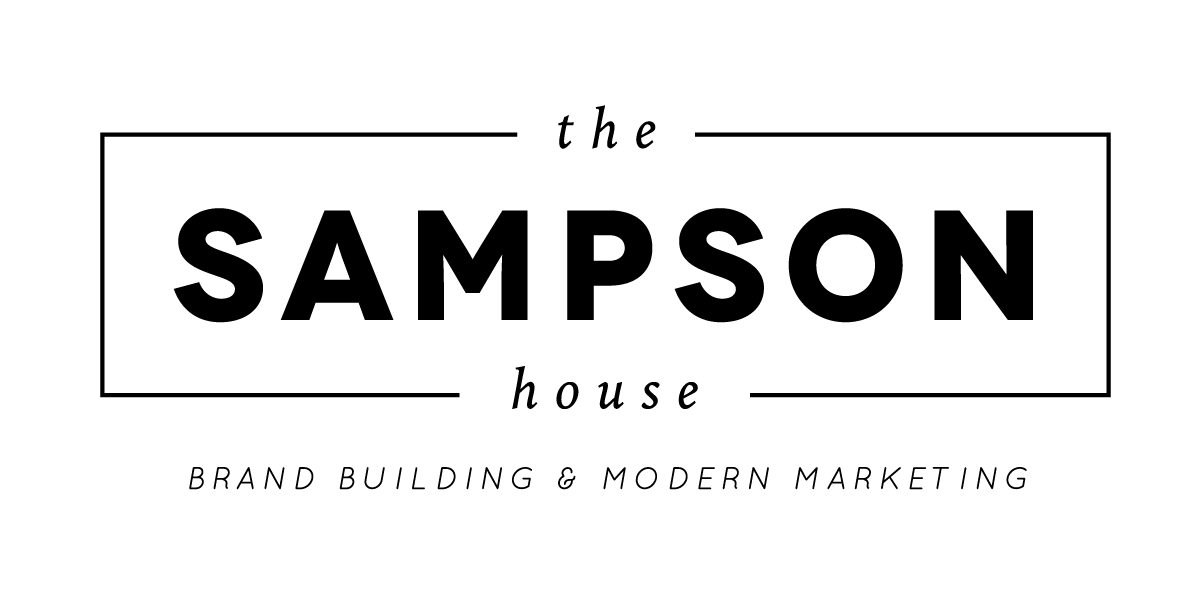From Idea to Impact: Creating a Blogging Strategy That Works
As a digital marketing agency, one thing that we are always doing for clients is building blogs. Blogging remains a powerful tool for businesses to engage with their audience, establish authority, and drive organic traffic. But in a world where millions of blogs are published daily, how are we supposed to ensure our clients that their blogs stand out and achieve the results they desire? In this guide, we'll walk you through the key steps to building a successful blog that not only attracts readers but also keeps them coming back.
1. Define Your Blog's Purpose and Audience
Before you start typing away, it's essential to have a clear understanding of your blog's purpose and who your target audience is. What problem will your blog solve for your readers? Who are these readers, and what are they wanting to read? Identifying your niche and audience will help you tailor your content to meet their specific needs.
2. Keyword Research: The Foundation of SEO
Keywords are the building blocks of SEO (Search Engine Optimization). Conduct thorough keyword research to identify what your target audience is searching for. Tools we like to use include SEMrush, Later, Google, and Answer the Public. These can help you discover relevant keywords. Incorporate these keywords naturally into your blog posts to improve your chances of ranking higher on search engine results pages (SERPs).
3. Create High-Quality Content
Quality always trumps quantity when it comes to blogging. Your blog posts should be well-researched, informative, and engaging. Use data, statistics, and case studies to back your claims and provide value to your readers. Aim for longer, in-depth content that thoroughly covers a topic rather than producing a flurry of short, shallow posts. Make sure they are written in a way that speaks to your audience.
4. Optimize for SEO
To ensure your blog gets noticed, you need to optimize it for search engines. This includes:
On-Page SEO: Use relevant keywords in your title, headings, meta descriptions, and throughout your content.
Internal and External Linking: Link to other relevant pages on your website and reputable external sources to boost your SEO authority.
Optimize Images: Compress images for faster loading times and include descriptive alt text.
Mobile Responsiveness: Ensure your blog is mobile-friendly!
5. Consistency is Key
Regularly updating your blog with fresh content not only keeps your audience engaged but also signals to search engines that your website is active and relevant. Create a content calendar and stick to a consistent posting schedule.
6. Promote Your Blog
Creating great content is only half the battle. Promoting your blog is equally important. Share your posts in engaging social media posts and incorporate your blogs in monthly newsletters or emails. Connect with your audience by responding to comments and questions.
7. Analyze and Optimize
Use analytics tools like Google Analytics and Google Search Console to track the performance of your blog. Monitor metrics such as traffic, click-through rates, bounce rates, and conversion rates. Use this data to identify what's working and what needs improvement, then adjust your strategy accordingly.
8. Stay Informed and Adapt
The digital landscape is always evolving. Stay up-to-date with the latest trends, algorithm changes, and best practices in content marketing and SEO. Adapt your strategy accordingly to ensure your blog remains successful over time. When it comes to your content, stay in the loop of what your audience wants to know so you can continue to build your blogs strategically.
In conclusion, building a successful blog requires careful planning, consistent effort, and a commitment to providing value to your audience. By following these steps and continuously refining your approach, you can create a blog that not only drives traffic but also helps you achieve your marketing goals, all while building your brand.
For more marketing tips from The Sampson House, take a look here. Interested in building a blogging strategy for your business, reach out to us here.

